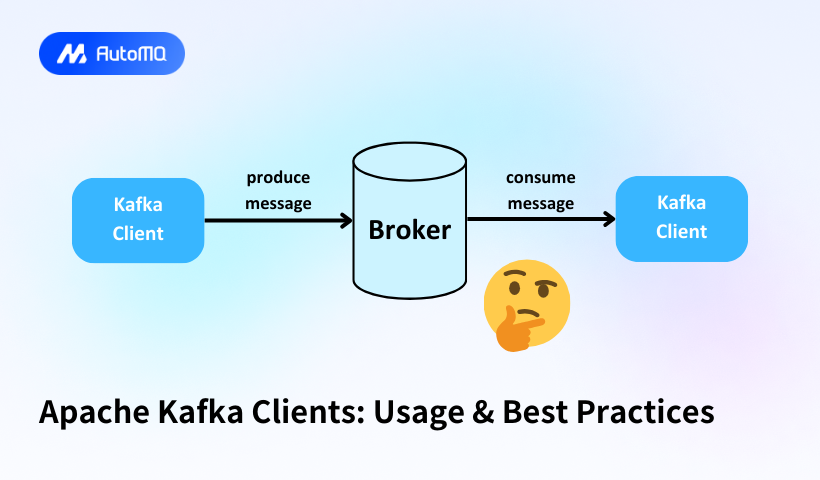Overview
Apache Kafka has become a cornerstone technology for building real-time data pipelines and streaming applications. At the heart of any Kafka implementation are the client libraries that allow applications to interact with Kafka clusters. This comprehensive guide explores Kafka clients, their configuration, and best practices to ensure optimal performance, reliability, and security.
Understanding Kafka Clients
Kafka clients are software libraries that enable applications to communicate with Kafka clusters. They provide the necessary APIs to produce messages to topics and consume messages from topics, forming the foundation for building distributed applications and microservices.

Types of Kafka Clients
The official Confluent-supported clients include:
Java : The original and most feature-complete client, supporting producer, consumer, Streams, and Connect APIs
C/C++ : Based on librdkafka, supporting admin, producer, and consumer APIs
Python : A Python wrapper around librdkafka
Go : A Go implementation built on librdkafka
.NET : For .NET applications
JavaScript : For Node.js and browser applications
These client libraries follow Confluent's release cycle, ensuring enterprise-level support for organizations using Confluent Platform[4].
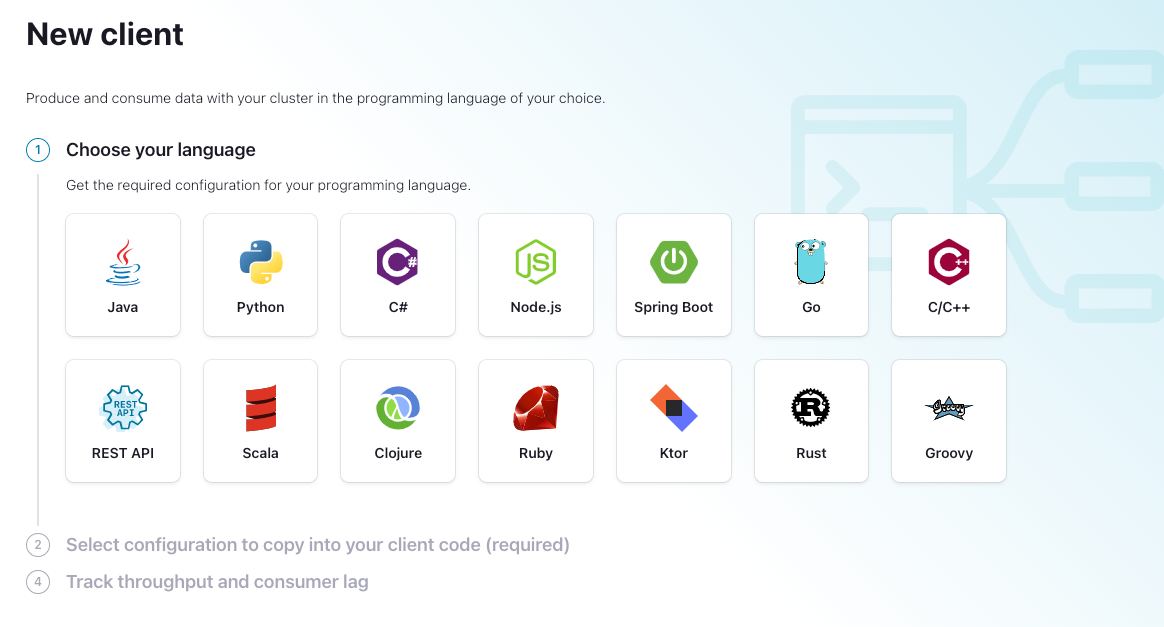
Producer Clients: Concepts and Configuration
Producers are responsible for publishing data to Kafka topics. Their performance and reliability directly impact the entire streaming pipeline.
Key Producer Configurations
Several configuration parameters significantly influence producer behavior:
Batch Size and Linger Time
Acknowledgments
acks: Determines the level of delivery guaranteesacks=all: Provides strongest guarantee but impacts throughputacks=0: Offers maximum throughput but no delivery guarantees[15]
Retry Mechanism
retries: Number of retries before failingretry.backoff.ms: Time between retriesdelivery.timeout.ms: Upper bound for the total time between sending and acknowledgment[20]
Idempotence and Transactions
enable.idempotence=true: Prevents duplicate messages when retries occurTransaction APIs: Enable exactly-once semantics[1]
Producer Best Practices
For optimal producer performance, consider these best practices:
Throughput Optimization
Balance batch size and linger time based on latency requirements
Implement compression to reduce data size and improve throughput
Use appropriate partitioning strategies for even data distribution[10]
Error Handling
Implement robust retry mechanisms with exponential backoff
Enable idempotence for exactly-once processing semantics
Use synchronous commits for critical data and asynchronous for higher throughput[1]
Resource Allocation
Monitor and adjust memory allocation based on performance metrics
Set appropriate buffer sizes based on message volume[3]
Consumer Clients: Concepts and Configuration
Consumers read messages from Kafka topics and process them. Proper consumer configuration ensures efficient data processing and prevents issues like consumer lag.
Key Consumer Configurations
Important consumer configuration parameters include:
Group Management
group.id: Identifies the consumer groupheartbeat.interval.ms: Frequency of heartbeats to the coordinatormax.poll.interval.ms: Maximum time between poll calls before rebalancing[11]
Offset Management
enable.auto.commit: Controls automatic offset commitsauto.offset.reset: Determines behavior when no offset is found ("earliest", "latest", "none")max.poll.records: Maximum records returned in a single poll call[11]
Performance Settings
Consumer Best Practices
For reliable and efficient consumers, implement these best practices:
Partition Management
Choose the right number of partitions based on throughput requirements
Maintain consumer count consistency relative to partitions
Use a replication factor greater than 2 for fault tolerance[18]
Offset Commit Strategy
Disable auto-commit (
enable.auto.commit=false) for critical applicationsImplement manual commit strategies after successful processing
Balance commit frequency to minimize reprocessing risk while maintaining performance[11]
Error Handling
Implement robust error handling for transient errors
Have a strategy for handling poison pill messages (messages that consistently fail processing)
Configure appropriate
retry.backoff.msvalues to prevent retry storms[16]
Security Best Practices
Security is paramount when implementing Kafka clients in production environments. Key security considerations include:
Authentication
Implement SASL (SCRAM, GSSAPI) or mTLS for client authentication
Configure SSL/TLS to encrypt data in transit
Use environment variables or secure vaults to manage credentials rather than hardcoding them[13]
Authorization
Implement ACLs (Access Control Lists) to control read/write access to topics
Follow the principle of least privilege when assigning permissions
Enable
zookeeper.set.aclin secure clusters to enforce access controls[13]
Secret Management
Avoid storing secrets as cleartext in configuration files
Consider using Confluent's Secret Protection or the Connect Secret Registry
Implement envelope encryption for protecting sensitive configuration values[13]
Performance Tuning and Monitoring
Achieving optimal performance requires careful monitoring and tuning of Kafka clients.
Performance Optimization Strategies
JVM Tuning (for Java clients)
Allocate sufficient heap space
Configure garbage collection appropriately
Consider using G1GC for large heaps[3]
Network Configuration
Optimize
socket.send.buffer.bytesandsocket.receive.buffer.bytesAdjust
connections.max.idle.msto manage connection lifecycleConfigure appropriate timeouts based on network characteristics[2]
Compression Settings
Enable compression (
compression.type=snappyorgzip) for better network utilizationBalance compression ratio against CPU usage[10]
Monitoring Kafka Clients
Implement comprehensive monitoring for early detection of issues:
Key Metrics to Watch
Consumer lag: Difference between the latest produced offset and consumed offset
Produce/consume throughput: Messages processed per second
Request latency: Time taken for requests to complete
Error rates: Frequency of different error types[1]
Monitoring Tools
JMX metrics for Java applications
Prometheus and Grafana for visualization
Conduktor or other Kafka UI tools for comprehensive cluster monitoring[19]
Alerting
Set up alerts for critical metrics exceeding thresholds
Implement progressive alerting based on severity
Ensure alerts include actionable information[1]
Common Issues and Troubleshooting
Even with best practices in place, issues can arise. Here are common problems and their solutions:
Broker Not Available
Check if brokers are running
Verify network connectivity
Review firewall settings that might block connections[7]
Leader Not Available
Ensure broker that went down is restarted
Force a leader election if necessary
Check for network partitions[7]
Offset Out of Range
Verify retention policies
Reset consumer group offsets to a valid position
Adjust
auto.offset.resetconfiguration[7]
In-Sync Replica Alerts
Address under-replicated partitions promptly
Check for resource constraints on brokers
Consider adding more brokers or redistributing partitions[8]
Slow Production/Consumption
Client Development Best Practices
When developing applications that use Kafka clients, follow these best practices:
Version Compatibility
Use the latest supported client version for your Kafka cluster
Be aware of protocol compatibility between clients and brokers
Consider the impact of client upgrades on existing applications[4]
Connection Management
Implement connection pooling for better resource utilization
Handle reconnection logic gracefully
Properly close resources when they're no longer needed[2]
Error Handling
Design for fault tolerance with appropriate retry mechanisms
Implement dead letter queues for messages that repeatedly fail processing
Log detailed error information for troubleshooting[1]
Testing and Validation
Implement comprehensive testing of client applications
Include failure scenarios in test cases
Perform load testing to understand performance characteristics under stress[1]
Web User Interfaces for Kafka Management
Several web UI tools can simplify Kafka cluster management:
Conduktor
Offers intuitive user interface for managing Kafka
Provides monitoring, testing, and management capabilities
Features excellent UI/UX design[19]
Redpanda Console
Lightweight alternative with clean interface
Offers topic management and monitoring
Provides schema registry integration[19]
Apache Kafka Tools
Open-source options available
May require more setup and configuration
Often offer basic functionality for smaller deployments[19]
These tools can complement your client applications by providing visibility into cluster operations and simplifying management tasks.
Check more tools here: Top 12 Free Kafka GUI Tools
Conclusion
Kafka clients form the foundation of any successful Kafka implementation. By understanding their configuration options and following best practices, you can ensure reliable, secure, and high-performance data streaming applications.
Key takeaways include:
Select appropriate client libraries based on your programming language and requirements
Configure producers and consumers with careful attention to performance, reliability, and security parameters
Implement proper error handling and monitoring
Follow security best practices to protect data and access
Regularly test and validate client applications under various conditions
Use management tools to gain visibility and simplify operations
By adhering to these guidelines, you'll be well-positioned to leverage the full potential of Apache Kafka in your data streaming architecture.
If you find this content helpful, you might also be interested in our product AutoMQ. AutoMQ is a cloud-native alternative to Kafka by decoupling durability to S3 and EBS. 10x Cost-Effective. No Cross-AZ Traffic Cost. Autoscale in seconds. Single-digit ms latency. AutoMQ now is source code available on github. Big Companies Worldwide are Using AutoMQ. Check the following case studies to learn more:
Grab: Driving Efficiency with AutoMQ in DataStreaming Platform
Palmpay Uses AutoMQ to Replace Kafka, Optimizing Costs by 50%+
How Asia’s Quora Zhihu uses AutoMQ to reduce Kafka cost and maintenance complexity
XPENG Motors Reduces Costs by 50%+ by Replacing Kafka with AutoMQ
Asia's GOAT, Poizon uses AutoMQ Kafka to build observability platform for massive data(30 GB/s)
AutoMQ Helps CaoCao Mobility Address Kafka Scalability During Holidays
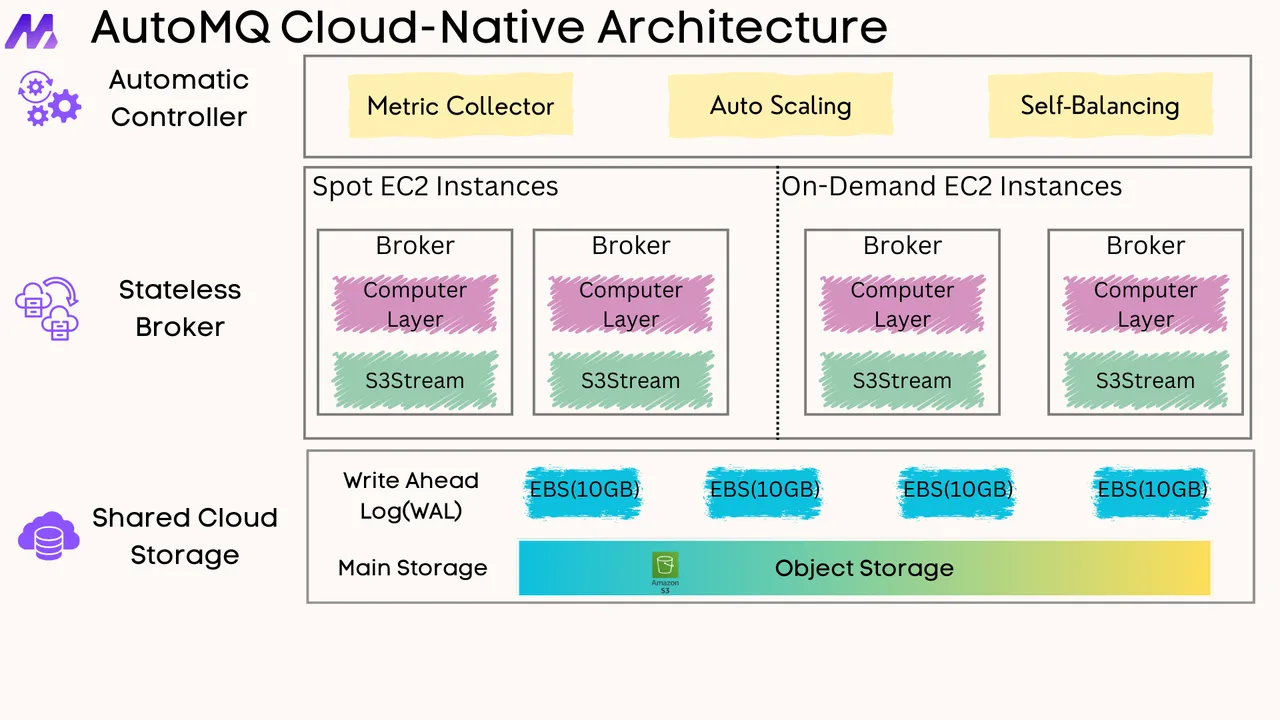





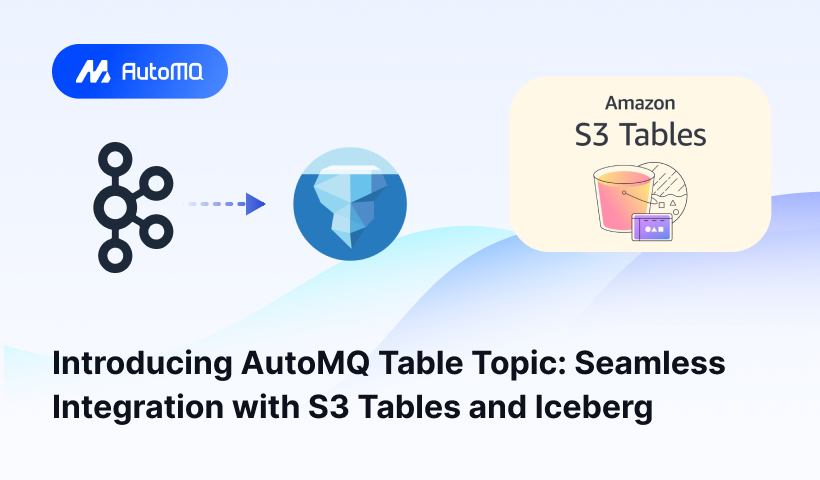





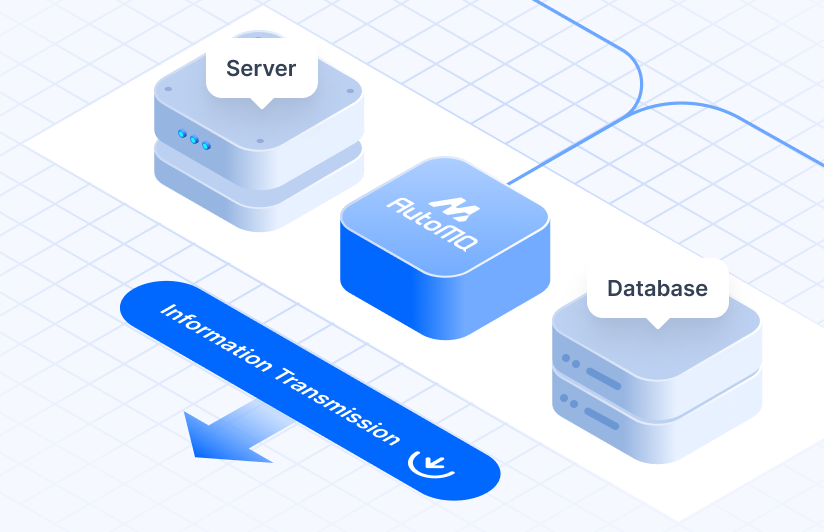



.png)
